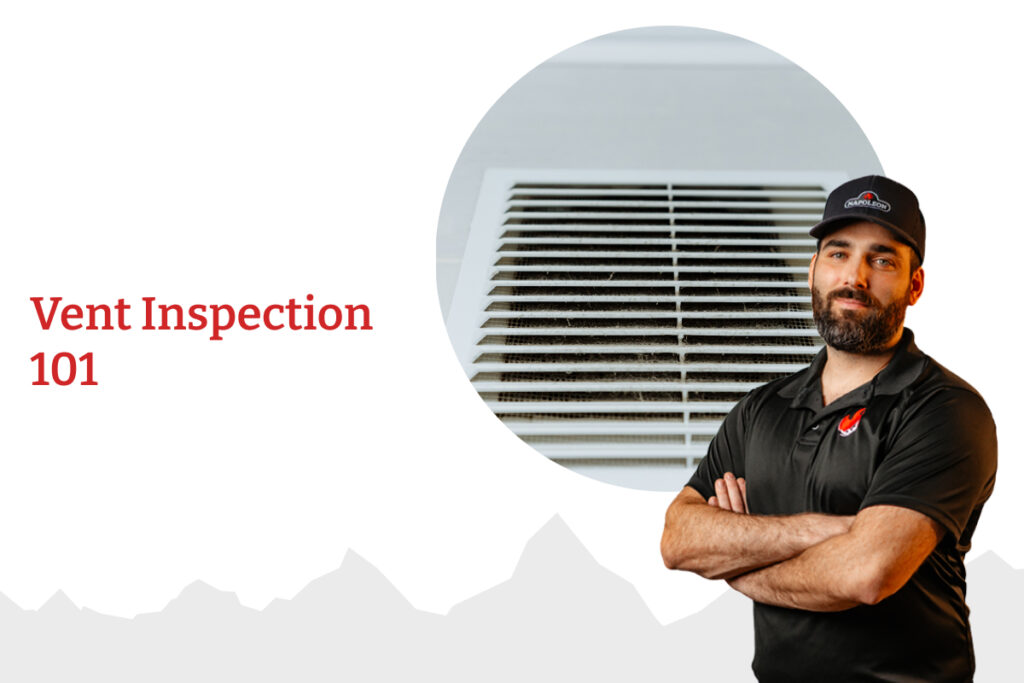What Homeowners Can Spot Before Calling the Pros
Your HVAC system works hard year-round to keep your home comfortable—but if airflow feels off or your system seems to be struggling, the problem might be hiding in plain sight. Learning how to inspect your vents and exposed ductwork is an easy, practical first step before calling in the professionals. A quick vent inspection can uncover minor issues you can fix on your own and help you spot the early signs of larger HVAC problems that require expert attention.
At Whyte Ridge HVAC, we believe homeowners should feel empowered to understand their home comfort systems. While we always recommend professional servicing for complex issues, a basic look at your registers and ducts can save you time, money, and discomfort—especially during extreme weather months.
Start at the Source: Supply and Return Vents
The first step is checking your supply and return vents. These are the grilles or registers where air enters and exits your rooms. Make sure each vent is fully open and unobstructed by furniture, curtains, rugs, or pet beds. Even a partially blocked vent can throw off your entire HVAC system’s balance, creating hot or cold spots and forcing the unit to work harder than it should.
If you notice reduced airflow, place your hand near the vent while the system is running. Weak or inconsistent airflow could point to a clogged filter, debris buildup in the ducts, or a blockage further down the line. Dust accumulation on or around vents is also a red flag—it can signal dirty ductwork or an inefficient air filter.
Also, listen carefully. Whistling, banging, or rattling sounds near vents can indicate poor duct sealing or loose vent covers. These seemingly minor issues can result in air leakage, energy loss, and added stress on your system.
Visually Inspect Accessible Ductwork
Not all ductwork is easy to access, but if your basement, crawl space, or mechanical room exposes sections of it, take a few minutes to inspect the visible parts. Look for signs of wear, separation, or damage in the duct joints or seams. Duct tape that’s peeling or insulation that’s falling off are signs that your system may be leaking air.
Condensation or rust on metal ductwork is a sign of excess moisture, which can lead to mould growth or corrosion over time. In Winnipeg’s humid summers and freezing winters, proper insulation around ducts is essential to prevent sweating and temperature loss.
You might also see signs of pests—small droppings, shredded insulation, or even chew marks. Rodents and insects can damage ductwork and reduce indoor air quality. If you spot anything suspicious, it’s time to call a professional.
Check for Dust, Dirt, and Debris
Build-up of dust around vent covers, baseboards, or floors can indicate that your ducts are circulating unfiltered air. Check your air filter first—if it’s visibly dirty or hasn’t been changed in more than a few months, replace it. A clean filter helps trap dust and allergens before they enter your duct system.
If dust levels remain high despite a clean filter, your ducts may need professional cleaning. Over time, dust, dander, pollen, and even small objects can accumulate in the duct system, affecting airflow and air quality.
Smells, Mould, and Moisture Warnings
If you notice musty, burning, or chemical smells coming from your vents, don’t ignore them. These odours may indicate mould growth, electrical issues, or off-gassing from components that are overheating or degrading. Musty smells, in particular, often point to hidden moisture and mould inside ducts, especially if your system hasn’t been used in a while.
Any visible mould on vent covers or near duct openings warrants immediate attention. Mould can spread quickly through the HVAC system, affecting indoor air quality and health. While you can clean vent covers yourself, mould inside ducts or HVAC units needs to be professionally removed.
Know When It’s Time to Call a Pro
While visual inspections and basic cleaning go a long way, some problems are best handled by certified technicians. If airflow is still uneven, your system short cycles, or your energy bills keep climbing, you may be dealing with a deeper issue—like a damaged blower, poor duct design, or inefficient thermostat settings.
If you suspect your home’s airflow isn’t what it should be, it may be time to dig deeper. Learn more about how to troubleshoot uneven heating or cooling in your home and when professional help is the smart next step.
Professional duct cleaning, sealing, or rerouting can drastically improve system performance and air quality. At Whyte Ridge HVAC, we provide expert inspections and custom solutions tailored to Winnipeg’s unique climate conditions.
